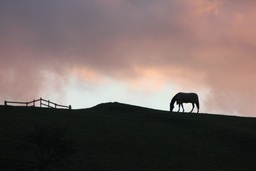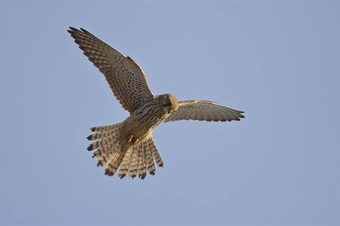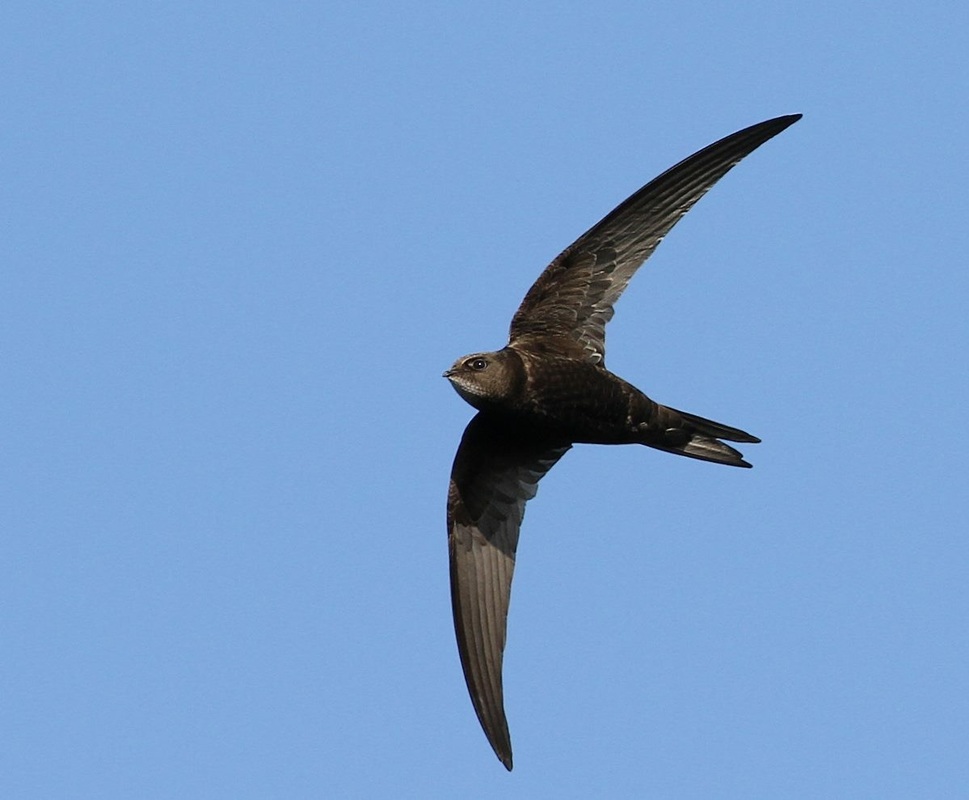Above photo: View of Padfield & Little Padfield near Windy Habour Farm
Local wildlife in the village
Surrounded by greenbelt countryside, it's proximity to the Peak District National Park and the Mill Pond on Platt Street, Padfield has plenty of wildlife to be seen if you know what you are looking for and where to find it.
Local artist, writer and musician Sean Wood, of the Laughing Badger Gallery, has a passion for wildlife. This is evident from his wealth of knowledge and keenness to talk about the subject. Sean was approached to see if he would write an article for the website about the wildlife of Padfield. Luckily for us, he agreed and was happy to do so. Read on to see Sean's description of the abundant wildlife of the village in his Padfield Dawn Chorus, which appeared in a number of newspapers last year.
Sean has also written an interesting introductory article, Woody's Sixpeneth, about his humble beginnings as a writer, some of the work he has been involved in over the years and being made a Fellow of the British Naturalists Association, on the same day no less, as Sir David Attenborough! An amazing achievement for outstanding work.
Local artist, writer and musician Sean Wood, of the Laughing Badger Gallery, has a passion for wildlife. This is evident from his wealth of knowledge and keenness to talk about the subject. Sean was approached to see if he would write an article for the website about the wildlife of Padfield. Luckily for us, he agreed and was happy to do so. Read on to see Sean's description of the abundant wildlife of the village in his Padfield Dawn Chorus, which appeared in a number of newspapers last year.
Sean has also written an interesting introductory article, Woody's Sixpeneth, about his humble beginnings as a writer, some of the work he has been involved in over the years and being made a Fellow of the British Naturalists Association, on the same day no less, as Sir David Attenborough! An amazing achievement for outstanding work.
Padfield Dawn Chorus
 Horse on Molly Moss's Farm
Horse on Molly Moss's Farm
By Sean Wood
When it comes to a dawn chorus, the one outside my Laughing Badger Gallery in Padfield, takes some beating, not least because of the multi-layered habitats within 100 metres of the front door, and I would go as far as saying that, it's unique.
The wide pavement and Platt Street, lead to a privet hedge, followed by allotments with a couple of sycamore, silver birch, pear and horse chestnut trees; a moss covered dry stone wall at the end of the gardens gives way to a grassy field which leads to the old Mill Lodge, which is now a small lake surrounded by all manner of reeds, wild flowers and willow; it is sparse on the near bank, but dense and inaccessible on the far side; and last but not least is a large field occupied by horses, mighty Red Heifers and pheasants, and all leading up the hill towards Molly Moss's farm and my Big Sky.
When it comes to a dawn chorus, the one outside my Laughing Badger Gallery in Padfield, takes some beating, not least because of the multi-layered habitats within 100 metres of the front door, and I would go as far as saying that, it's unique.
The wide pavement and Platt Street, lead to a privet hedge, followed by allotments with a couple of sycamore, silver birch, pear and horse chestnut trees; a moss covered dry stone wall at the end of the gardens gives way to a grassy field which leads to the old Mill Lodge, which is now a small lake surrounded by all manner of reeds, wild flowers and willow; it is sparse on the near bank, but dense and inaccessible on the far side; and last but not least is a large field occupied by horses, mighty Red Heifers and pheasants, and all leading up the hill towards Molly Moss's farm and my Big Sky.
At present there is no particular order to the bird song, calls and other 'noises', and although the swallows sibliant song can now be heard after their long flight from Africa, the warblers are not back yet, and that is when the 'Chorus' really ramps up to a different level, which appears to be in some sort of pecking order, which I will describe in a few weeks time. Last home, as usual, and after dragging their short tails across the Sahara and Southern Europe will be the 'screaming' swifts, then you know it's summer, and oh, what I'd give, if a few more cuckoos made it this year as well.
At present, particularly under moonlight, the first bird to make any noise, if you discount the tawny owls, is the enigmatic snipe, a small wading bird which nests on the ground in the far fields. At 3am, the snipe is not singing, but rather making an amazing chunnering, almost mechanical, sound with specially adapted tail feathers which vibrate as the bird flies, perhaps most effective during a dive. I also think that, on occasion, the 'drumming' sounds more like the loud humming we used to create as kids by placing lollipop sticks in the spokes of our bike wheels.
At present, particularly under moonlight, the first bird to make any noise, if you discount the tawny owls, is the enigmatic snipe, a small wading bird which nests on the ground in the far fields. At 3am, the snipe is not singing, but rather making an amazing chunnering, almost mechanical, sound with specially adapted tail feathers which vibrate as the bird flies, perhaps most effective during a dive. I also think that, on occasion, the 'drumming' sounds more like the loud humming we used to create as kids by placing lollipop sticks in the spokes of our bike wheels.
However you would describe the sound, the snipe certainly seems to wake up the birds of the water, including moorhen, tufted ducks and mallard, who purr and hum as they criss-cross the pond eyeing each other up carefully in some sort of choreographed dance, weaving in and out of the reeds. Occasionally the red fox, will throw the proverbial cat amongst the pigeons, and the reptilian heron will wake both the dead and the living with possibly the loudest alarm call this side of a Howler Monkey.
And then it's every bird for himself, including robins, blackbirds, thrushes, house sparrows, starlings and jackdaws; throw in a few cockerels for good measure, a couple of curlew overhead and I think, for now, readers will have a good idea as to why we don't need alarm clocks in Springtime.
And then it's every bird for himself, including robins, blackbirds, thrushes, house sparrows, starlings and jackdaws; throw in a few cockerels for good measure, a couple of curlew overhead and I think, for now, readers will have a good idea as to why we don't need alarm clocks in Springtime.
Woody's Sixpeneth -An Introduction
 The Kestrel © Sean Wood
The Kestrel © Sean Wood
By Sean Wood
Webmaster Chris has asked me to share of few of my wildlife thoughts, memories and observations with the Padfield Website he is busy putting together, and he couldn't have asked at a more memorable time, for me that is, and as always I am delighted to be asked.
I have now been writing weekly wildlife articles for forty years, and I'm chuffed with that, and have always been grateful for all the kind comments, stories, photographs and even criticisms, from readers, so please don't spare me!
My first piece appeared in the Liverpool Weekly News in 1976. 'A Kestrel Kills In Liverpool', was the headline, a reference to the pair of these little falcons which were nesting in the Anglican Cathedral. I could see the impressive building from my first school, St Martin's Secondary Modern Catholic Boys School, Toxteth. I went on to write about urban wildlife, including foxes, for the newspaper, long before it became fashionable, and carried on after I moved to Derbyshire, for both national, provincial and international publications. At a rough guess, you're talking two million published words. I still collect every article I have written and get the same pleasure from seeing my material in print, and more importantly, still retain the same sense of wonder about the simplest of things, like the blackbird I heard singing this morning.
Webmaster Chris has asked me to share of few of my wildlife thoughts, memories and observations with the Padfield Website he is busy putting together, and he couldn't have asked at a more memorable time, for me that is, and as always I am delighted to be asked.
I have now been writing weekly wildlife articles for forty years, and I'm chuffed with that, and have always been grateful for all the kind comments, stories, photographs and even criticisms, from readers, so please don't spare me!
My first piece appeared in the Liverpool Weekly News in 1976. 'A Kestrel Kills In Liverpool', was the headline, a reference to the pair of these little falcons which were nesting in the Anglican Cathedral. I could see the impressive building from my first school, St Martin's Secondary Modern Catholic Boys School, Toxteth. I went on to write about urban wildlife, including foxes, for the newspaper, long before it became fashionable, and carried on after I moved to Derbyshire, for both national, provincial and international publications. At a rough guess, you're talking two million published words. I still collect every article I have written and get the same pleasure from seeing my material in print, and more importantly, still retain the same sense of wonder about the simplest of things, like the blackbird I heard singing this morning.
There have thankfully been many highlights during my writing career so far, and some amazing sightings, but I suppose my favourite moment would have to be when my work was recognised by my peers, and I was made a Fellow of the British Naturalists Association, on the same day that Sir David Attenborough got his. As you might guess, he's an absolute Gem of a man.
These days, everyone knows about urban wildlife and tens of thousands of schoolchildren across the UK, including Greater Manchester, will be peering out of their classroom windows this month to take part in the world’s biggest school wildlife survey. Now in its 15th year, the RSPB’s Big Schools’ Birdwatch helps to track numbers of birds in school grounds, giving the charity an insight into the wildlife which is doing well or not so well, and providing schoolchildren with a great learning experience.
These days, everyone knows about urban wildlife and tens of thousands of schoolchildren across the UK, including Greater Manchester, will be peering out of their classroom windows this month to take part in the world’s biggest school wildlife survey. Now in its 15th year, the RSPB’s Big Schools’ Birdwatch helps to track numbers of birds in school grounds, giving the charity an insight into the wildlife which is doing well or not so well, and providing schoolchildren with a great learning experience.
 Sean Wood and Sir David Attenborough
Sean Wood and Sir David Attenborough
Running until 12th February 2016, the survey encourages schoolchildren of all ages, and their teachers, to count the birds in their school grounds for one hour of one day. Each school’s findings help the RSPB’s experts to build a picture of bird populations and monitor any changes, while carrying out the survey helps children to improve their observation skills. Will Padfield be taking part?
Research has shown that children are increasingly disconnected from nature which is linked to poorer physical and mental health, so this event is a great way to get young people excited about the world around them. It also provides us with valuable information on how some of our familiar birds are doing and encourages the children to help give nature a home.
To take part, visit rspb.org.uk/schoolswatch. Part of my Fellowship Citation, credited the sharing of my passion for wildlife with disadvantaged kids when I was in Education, as having a big impact on their lives. It's not rocket science!
Research has shown that children are increasingly disconnected from nature which is linked to poorer physical and mental health, so this event is a great way to get young people excited about the world around them. It also provides us with valuable information on how some of our familiar birds are doing and encourages the children to help give nature a home.
To take part, visit rspb.org.uk/schoolswatch. Part of my Fellowship Citation, credited the sharing of my passion for wildlife with disadvantaged kids when I was in Education, as having a big impact on their lives. It's not rocket science!
All images © RSPB are courtesy of Sean Wood. All other images are © Sean Wood.


